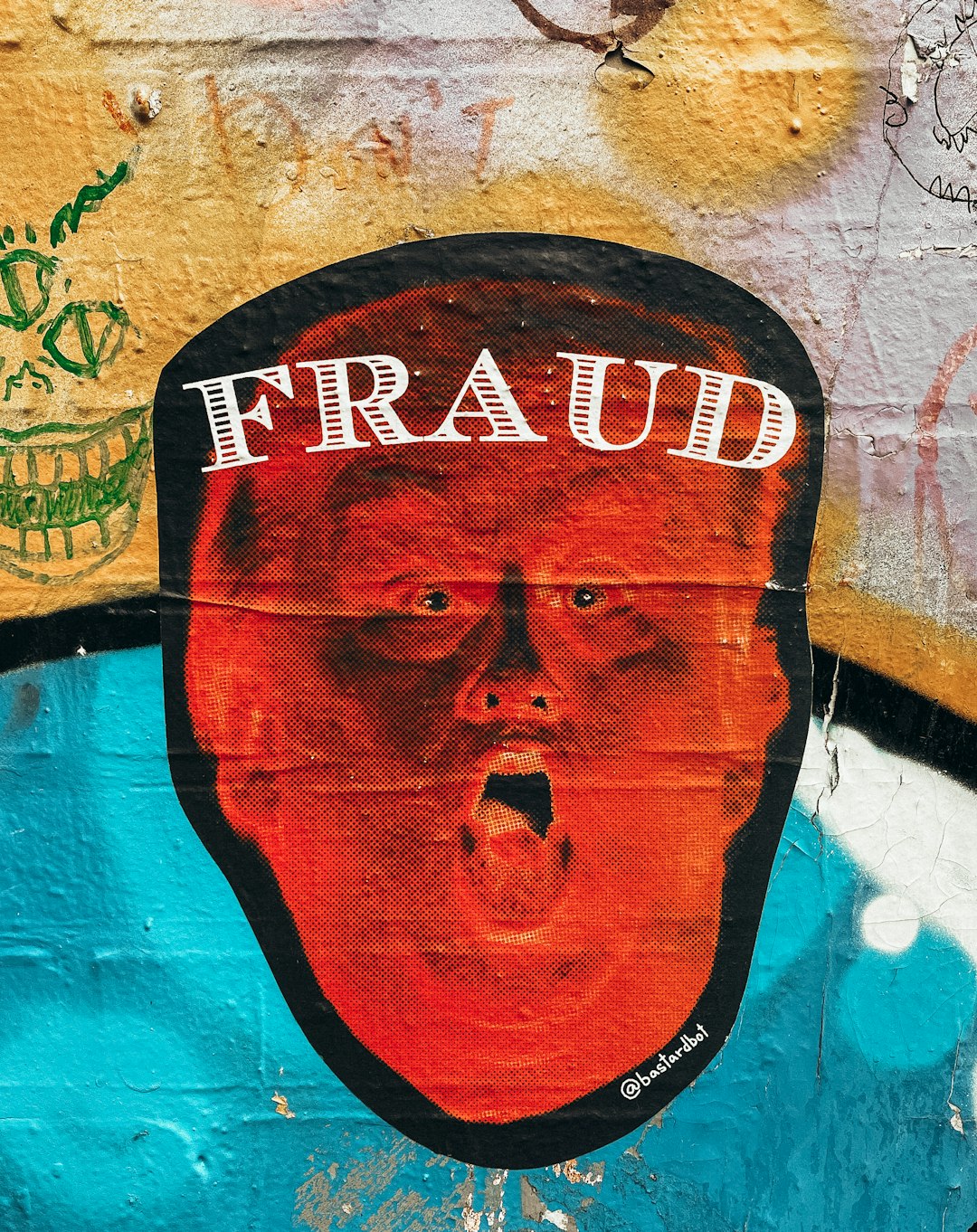In 2019, Capital One experienced one of the biggest data breaches in banking history. Fast-forward to 2025, and we’re still feeling the effects. Millions of people are finally hearing about potential payouts. But as soon as that sweet settlement cash is mentioned, the scammers creep in. It’s confusing, and sometimes scary. But don’t worry — we’ve got your back.
What Happened With the Capital One Breach?
Back in 2019, a hacker got access to over 100 million Capital One customer accounts. This included personal information like:
- Names
- Addresses
- Credit scores
- Social Security numbers (for some)
- Bank account numbers (for others)
This was a big deal. People were rightly upset. So, lawsuits followed. In 2022, Capital One agreed to a settlement. That means money for affected customers. And in 2025, that money is finally becoming available.
But here’s the catch — when there’s money involved, scammers show up fast.

How Much Is the Capital One Settlement?
The total settlement is around $190 million. People affected could get payments of up to $250 or more. Some might also get free identity protection services.
Capital One isn’t just handing out checks though. You had to file a valid claim by the deadline (which was back in 2023). But even now, some people are seeing emails or texts saying they can still claim or asking for more info.
This is where you need to be careful.
How Scammers Try to Trick You
Scammers are like digital pickpockets. Here are a few sneaky ways they might try to fool you:
- Fake Emails (“Phishing”): These emails might look real. They’ll say you qualify for a settlement check, and all you need to do is “click here.”
- Texts or Calls: Someone may pretend to be from Capital One or a claims administrator. They’ll ask for your Social Security number or bank info.
- Fake Websites: These websites look almost like the official one — but they’re traps.
- Pressure to Act Fast: Scammers say, “You’ll miss your payout unless you respond in 24 hours!”
Don’t fall for it. Real claims don’t make you rush or share sensitive data through sketchy links.
How to Spot a Real Claim
If you’re wondering whether a claim is legit, ask yourself:
- Did I file a claim already? Only people who filed by the deadline will get payout info now.
- Is it from a known sender? Real messages may come from a claims administrator like Epiq Systems. Look for “no-reply@capitaloneindatabreachsettlement.com.”
- Does the link look weird? Real sites won’t have numbers, misspellings, or odd domains.
- Are they asking for money? Big red flag. Real claims never ask you to pay anything upfront.
If you’re unsure, don’t click anything. Go directly to the official settlement website and compare. The official site is:
What Kind of Scams Are Out There?
Let’s break down some of the tricks scammers are using in 2025 to target Capital One customers:
1. The “Too Good to Be True” Email
It says you’re getting $500 (way more than you expected). But the catch? You need to confirm your identity by handing over personal info.
2. The “Update Your Info” Scam
A fake message tells you your payment is delayed unless you “update” your info. The link takes you to a copycat site that steals your identity.
3. The “We Can Speed It Up” Offer
Someone messages you offering to file a claim or speed up your payment — for a fee. Nope. That’s not how settlements work.

What You Should Do (And Not Do)
Here’s a quick cheat sheet to keep you safe:
✅ Do:
- Visit the official site if you’re ever unsure.
- Use a spam filter on email.
- Report anything suspicious to the FTC.
- Shred any mail that includes personal details before tossing it.
- Monitor your credit report regularly.
❌ Don’t:
- Click on links from strangers or odd email addresses.
- Give out your Social Security number over the phone or email.
- Download attachments from unknown sources.
- Pay anyone to “help” you claim your share.
How Do Real Payments Happen?
If your claim was approved, your payment will most likely arrive through:
- A physical check in the mail
- A PayPal or Venmo transfer
- Prepaid debit card
Keep an eye on official notices. They will tell you what to expect and when.
Still Not Sure?
You’re not alone. If you ever get a call, email, or message and aren’t sure what to do, take a pause. You can always:
- Go to the official Capital One breach settlement website.
- Call the official claims administrator (their number is listed on the site).
- Ask a trusted friend, family member, or tech-savvy buddy for help.
It’s better to double-check than regret clicking something risky.
What If You Missed the Deadline?
If you never filed a claim before the deadline, sadly, you’re probably out of luck for this round. But you can still protect your identity. Use free credit monitoring tools. Freeze your credit if you’re concerned about fraud.
And hey — you’ll be ready the next time something like this happens (though hopefully it won’t!).
Final Thoughts
The Capital One breach was major. The settlement is real. But so are the scams. As long as there’s money involved, fraudsters will keep trying.
Trust your instincts. Stay informed. Don’t let scammers win.
If you keep your eyes open and follow these tips, you’ll be able to tell the difference between the fakes and the real deal.
Happy (and safe) claiming!


